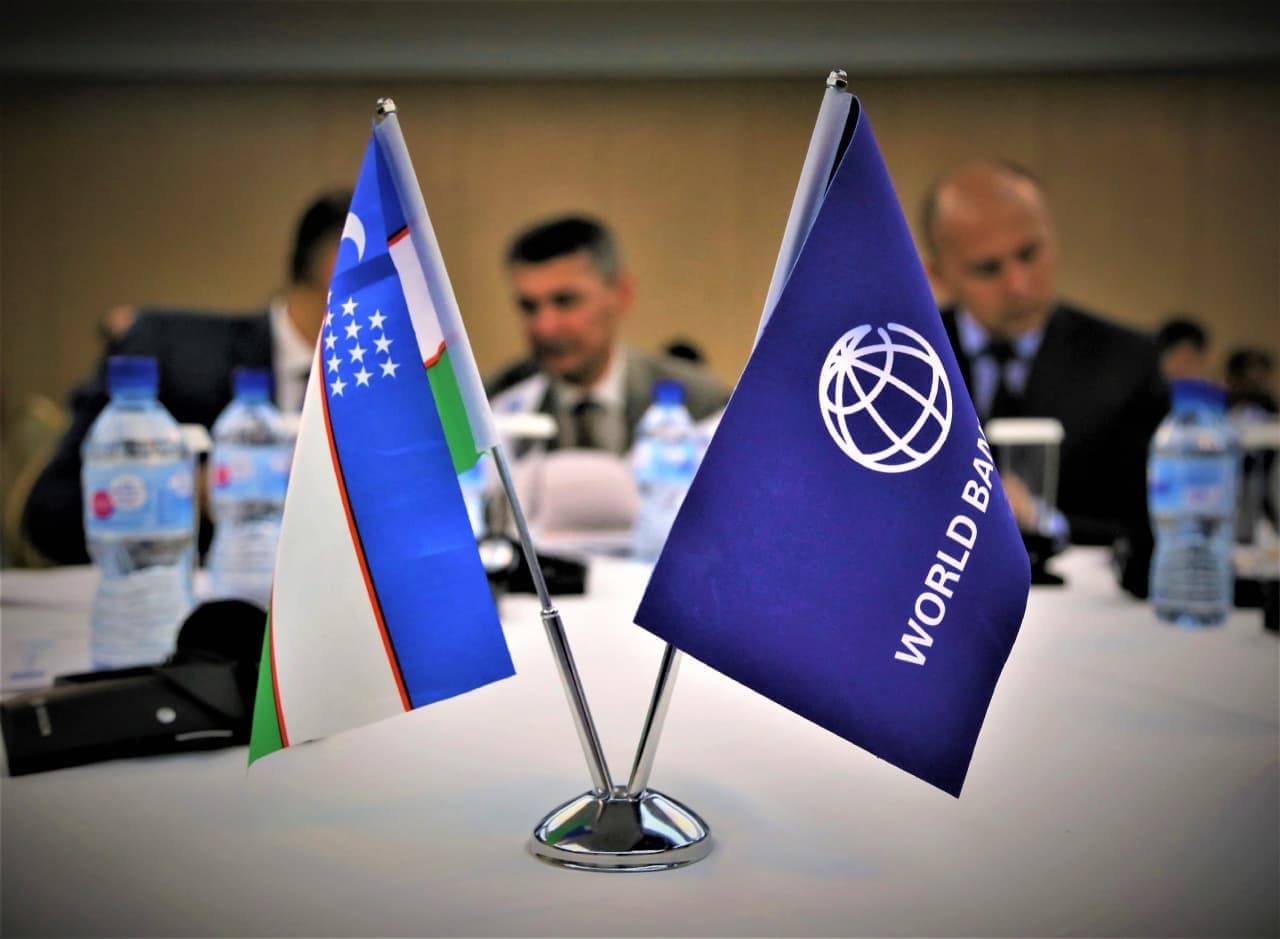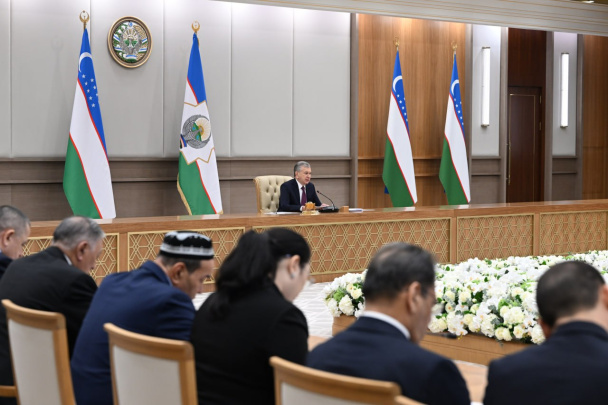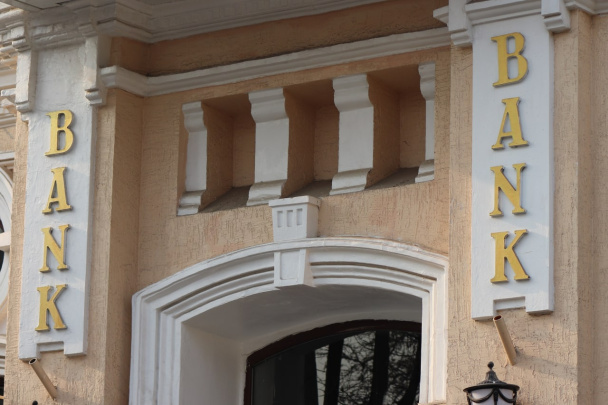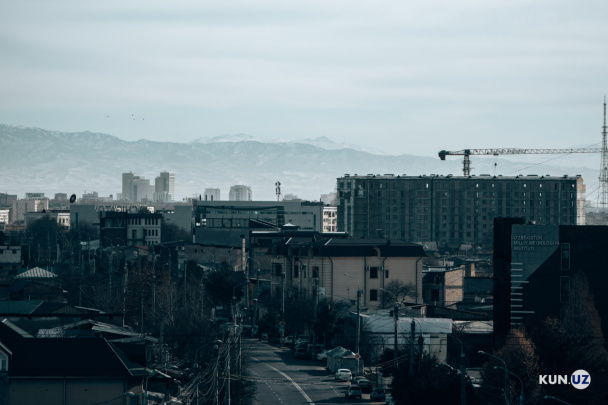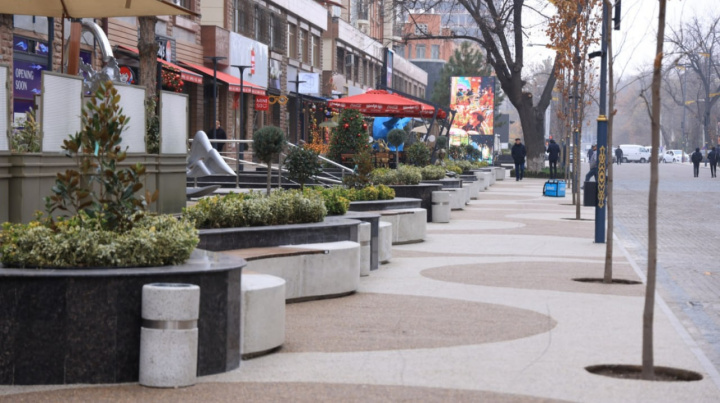Cities in two regions of Uzbekistan will be able to improve their municipal services and urban infrastructure through the Integrated Development of Medium Cities project. Additional financing for the implementation of this component of the project in the amount of $100 million was approved by the Board of Directors of the World Bank.
The International Development Association, a member of the World Bank Group, will provide it to the government of Uzbekistan in the form of a concessional loan at a very low interest rate and with a maturity of up to 30 years.
Additional funding will expand the geographical scope of the project, which has been implemented since 2019 with financial assistance from the World Bank in the cities of Bukhara (Kagan), Namangan (Chartak), Tashkent (Yangiyul and Pskent) regions.
Activities under the new component of the project will cover selected medium-sized cities in Kashkadarya and Surkhandarya regions. The final list of cities that will be involved in the project in this part of the country is planned to be approved within the next 6 months after the completion of consultations with regional and city khokimiyats. Their socio-economic needs and capabilities will be taken into account.
Medium-sized cities participating in the project in these two areas will receive funding for the implementation of special investment development programs. They will include the implementation of measures to improve the urban infrastructure and the work of the relevant municipal services.
For example, within the framework of these programs the following works can be financed:
- improvement and expansion of water supply and sewerage systems;
- modernization of electricity infrastructure and street lighting, highways, pedestrian and public transport areas;
- improving the energy efficiency of public buildings;
- reconstruction of public places, parks, streets and their corresponding infrastructure;
- carrying out restoration work to preserve cultural heritage objects on the territory of the corresponding settlements.
Most of the cities covered by the project have unrealized economic potential. Thus, many of them are located along strategic transport corridors. Some have attractions attractive to tourists. Several of these localities have opportunities to create quality service jobs in the surrounding rural areas.
Investment programs for the development of the respective cities within the project will be implemented in accordance with high environmental standards. They are also aimed at creating a barrier-free environment that ensures the universal accessibility of public places to everyone, regardless of their physical capabilities.
About 4 million people, or about 70% of the total population in both regions, are expected to benefit directly or indirectly from improved urban infrastructure, municipal services and increased employment opportunities through project activities that create new jobs.

